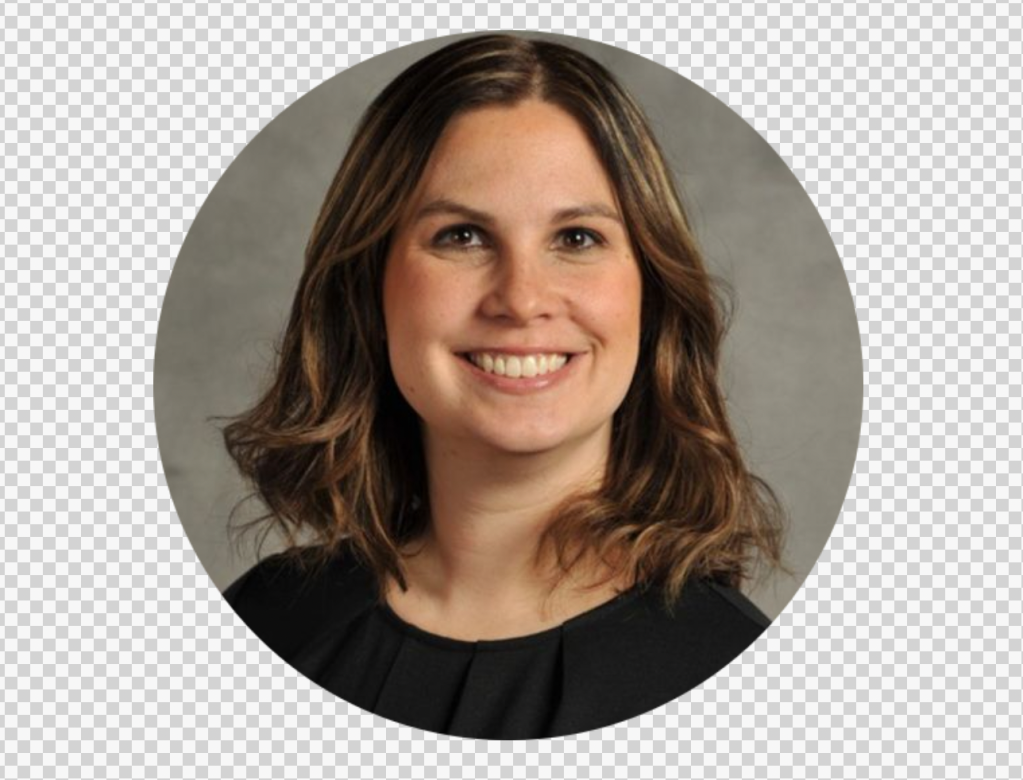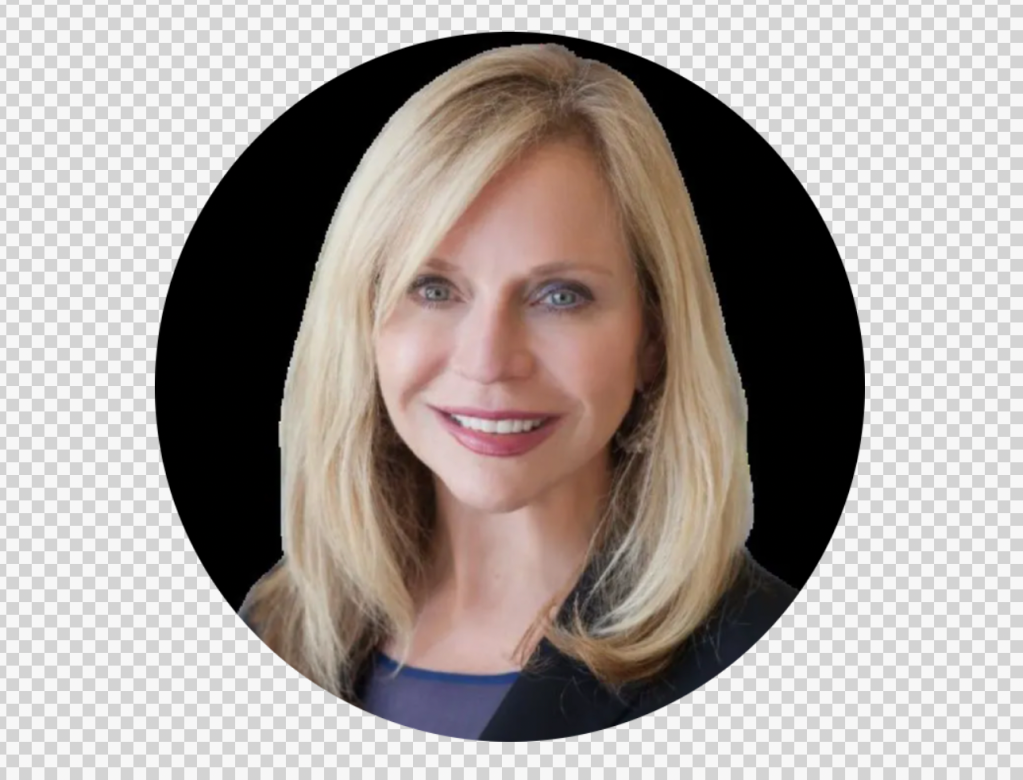Why traditional solutions for employee burnout are failing so badly – and have fatal consequences

Five years out from the onset of the pandemic, the residual effects are still creating an unprecedented impact on the workplace — leading to everything from the retention crisis to employee health issues.
Twenty-five percent of people who have sought help for burnout after Covid emerged still haven’t recovered, something that’s now killing more Americans annually than Alzheimer’s. And contrary to every assumption about their resilience, it’s increasingly hitting the youngest workers hardest, before their careers have even begun.
At its annual conference in Las Vegas last week, HR tech company Dayforce spotlighted research that challenges nearly every conventional assumption about employee well-being, from who’s most at risk to what actually helps — and why the traditional playbook is failing.
When it comes to burnout, Brittany Schmaling, principal data analyst at Dayforce, presented a sobering statistic: globally, more than 740,000 people die annually from heart disease and stroke linked to long working hours. Workplace stress is now the fifth leading cause of death in the U.S., ahead of both Alzheimer’s and kidney disease.
The toll extends beyond employee well-being. Employers lose some $5 million per 1,000 workers annually due to burnout-related healthcare costs, while 42% of voluntary turnover is directly caused by burnout.
“Burnout is not about being a little bit tired,” Schmaling said. “It’s a chronic response to workplace stressors that can fundamentally reshape how people experience their jobs and their lives.” According to the World Health Organization, burnout consists of three components: high exhaustion, high cynicism and low efficacy.
“From a cost standpoint alone, this should be getting everyone’s attention,” added Jason Rahlan, Dayforce’s global head of sustainability and social impact. “The reality is, the health of tens of millions of people in America rests in the hands of HR leaders.”
In practice, burnout manifests as significant emotional blunting. “People stop feeling anything, and when they do have an emotional response, it’s too intense for what the scenario required, and they can’t let it go,” Schmaling said. What distinguishes true burnout from simple fatigue is its intensity and duration — it’s not something that can be remedied by a two-week vacation.
The Gen Z surge
Schmaling’s vast research reveals a concerning U-shaped trend. Burnout spiked dramatically during the pandemic, then declined, but has been ticking back up over the past two years. RTO mandates have played a role, eliminating the cognitive relief remote work provided.
“People only have so much energy every day,” Schmaling said. “You have 24 hours in a day. If you have eight hours of sleep and at least eight hours of work, you really only have eight hours left for family, friends, relationships, working out — and generally, we don’t have enough hours.” When people were working from home, they didn’t have to think about whether their hair was perfect or struggle through 90-minute commutes. “You get people back their spoons to fill that time with other things,” she said.
Significantly, burnout is surging among workers under 30. When Schmaling first spotted that trend, she thought something must be wrong with her model. Then she sat down with a young journalist who explained the crushing reality: “We’re being told to go to school, get good grades, do extracurriculars, volunteer. If you’re lucky, you’ll get into college you can’t afford. Then there are no jobs. You can’t retire because of student loans. You can’t buy a house. You can’t afford daycare. There is no good news for us.”
The generational shift is forcing organizations to rethink what constitutes basic expectations versus perks. “If you’re not doing the things that the next generation perceives as table stakes, you’re going to lose out on attracting and retaining that talent,” Rahlan said. His team’s research revealed that Gen Z is actually saving earlier than previous generations, particularly when employers offer student loan repayment programs within 401(k) plans. Research has found significant mental health improvements among Gen Z workers who had access to such programs.
Rethinking the fundamentals
While organizations fixate on the latest tech solutions, Rahlan suggests they may be overlooking fundamental structural changes that serve to boost employee well-being and head off burnout. His team’s survey found that while 77% of workers are paid biweekly, for example, many would benefit from more frequent pay schedules.
“People deserve greater agency and choice in how they get paid,” Rahlan said. His research revealed that if employees get paid more frequently — say, every week instead of every two weeks — it creates significant improvements in financial health, mental health, the ability to pay bills, and reduced stress and anxiety.
His team found that many employees would trade working-from-home days for additional paid leave, with seven extra days off matching the value of a typical pay increase. “From a cost standpoint, it could be much more economical to offer paid leave for the folks who need it,” Rahlan said. “There’s a lot of folks in the sandwich generation caring for both children and aging parents. Leave can go a longer way than a 5% pay increase.”
Schmaling reinforced the point about accessibility, emphasizing that benefits must be genuinely usable. “People need help now,” she said. “You have to have more proactive types of benefits that help people with their mental health.”
The business case
Both Rahlan and Amy Cappellanti-Wolf, Dayforce’s chief people officer, emphasized that demonstrating the ROI of employee well-being requires moving beyond anecdotes to systematic measurement, but that individual employee stories remain key for gaining executive buy-in as well.
“We are a storytelling culture as a society,” Rahlan said. “When you hear those stories of how HR leaders can make investments in people that will transform their lives — other than your family, you don’t have a stronger connection with any entity in the world than your employer.”
Cappellanti-Wolf stressed the importance of systematic organizational effectiveness. “Very rarely do we prioritize the work and then figure out the right workforce plan,” she said. “It’s usually cut the workforce but don’t worry about what that means for employees.”
Schmaling is developing new dashboards to help organizations measure burnout systematically. “Pay attention to your employee listening activities,” she said. “Your employees are not Mr. Potato Head. Everything going on in the outside world is coming in with them.”
For HR leaders themselves at risk of burnout, Cappellanti-Wolf emphasized the importance of setting boundaries. “HR leaders are expected to be the compassion zone,” she said. “They need to understand compassion fatigue and that not every problem is theirs to solve.”
What’s clear is that those employers succeeding in workforce well-being will be those taking a holistic, data-driven approach — measuring what matters, telling compelling stories and fundamentally reimagining how work can better serve human needs.



